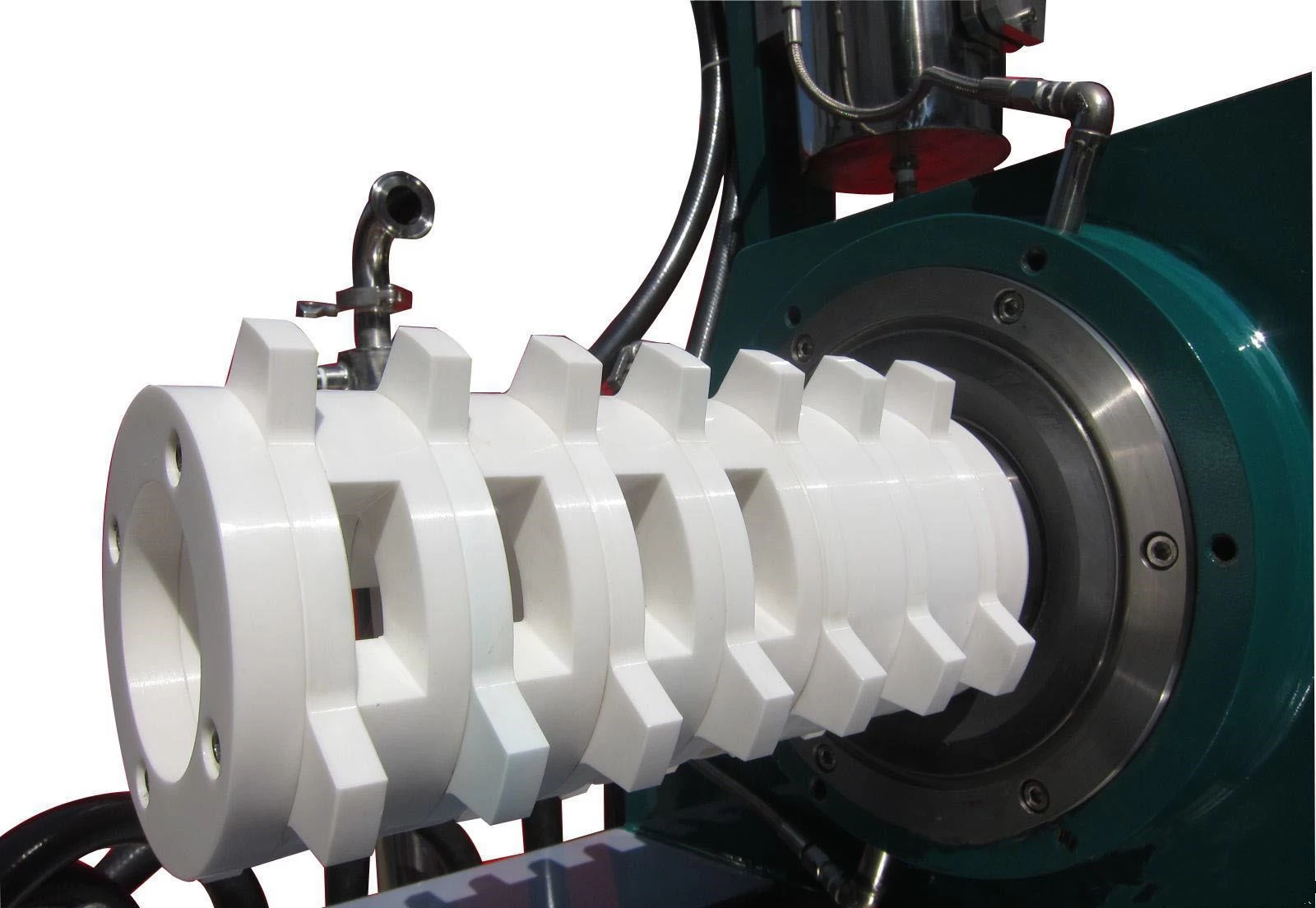In the realm of ball milling, the selection of suitable materials for Zirconia Grinding Beads (or Alumina Balls) is pivotal for achieving optimal milling results. The compatibility between the Zirconia Grinding Beads and the ball mill material significantly impacts the efficiency and effectiveness of the milling process. Here, we delve into the key considerations and recommended combinations for maximizing milling performance.
To optimize milling outcomes, it's advisable to pair the ball mill material with corresponding Zirconia Grinding Beads. However, when identical materials aren't feasible, alternative combinations prove effective:
Polypropylene Ball Mill: Suitable for use with zirconia, alumina, or agate Zirconia Grinding Beads.
Polyethylene Ball Mill: Compatible with zirconia, alumina, or agate Zirconia Grinding Beads.
Nylon Ball Mill: Compatible with stainless steel, zirconia, alumina, or agate Zirconia Grinding Beads.
Polyurethane Ball Mill: Suitable for use with zirconia, alumina, or agate Zirconia Grinding Beads.
Polytetrafluoroethylene (PTFE) Ball Mill: Compatible with zirconia, alumina, or agate Zirconia Grinding Beads.
For optimal performance, the weight distribution of Zirconia Grinding Beads varies with the ball mill volume:
| Ball Mill Volume | Stainless Steel Zirconia Grinding Beads (kg) | Alumina Zirconia Grinding Beads (kg) | Zirconia Zirconia Grinding Beads (kg) | Agate Zirconia Grinding Beads (kg) |
|---|---|---|---|---|
| 0.05L | 0.07 | 0.03 | 0.05 | 0.03 |
| 0.1L | 0.2 | 0.06 | 0.1 | 0.06 |
| 0.25L | 0.4 | 0.2 | 0.2 | 0.2 |
| 0.5L | 1 | 0.4 | 0.5 | 0.4 |
| 1L | 1.5 | 0.7 | 1 | 0.7 |
| 1.5L | 2 | 1.2 | 1.5 | 1 |
| 2L | 3 | 1.5 | 2 | 1.5 |
| 2.5L | 3.5 | 1.8 | 2.5 | 1.8 |
| 4L | 6 | 3 | 4 | 2.8 |
| 5L | 8 | 3.5 | 5 | 3.5 |
Zirconia Grinding Beads typically range from 3mm to 40mm in diameter. To achieve superior milling results, it's recommended to utilize a mix of large, medium, and small diameter beads.
Large Diameter (30%): Facilitates rapid material pulverization.
Medium Diameter (50%): Enhances material grinding precision and consistency.
Smaller Diameter (20%): Aids in achieving desired milling outcomes.
For efficient milling, maintaining an appropriate mass ratio of Zirconia Grinding Beads to material is paramount. A ratio exceeding 5:1 is ideal. Furthermore, the volume occupied by the beads and material within the ball mill should typically range between 40% and 60% of the mill's volume, ensuring optimal milling conditions.
Considering the diverse applications of planetary ball mills, selecting the appropriate grinding ball diameter is crucial. Factors such as mill volume, material properties, discharge requirements, and the nature of grinding (wet or dry) should influence the diameter choice.
In conclusion, the selection of Zirconia Grinding Beads is pivotal for optimizing milling performance. By adhering to recommended material combinations, weight configurations, and bead diameters, one can achieve enhanced milling efficiency and superior outcomes across various applications. It's prudent to maintain meticulous records of optimal parameters for each material, thereby accumulating valuable experience for future endeavors in ball milling.
For more advices and knowledge about Grinding Balls, Sand Millls, please contact with our sales:

Charls Shaw
Sales Manager |Sanxin New Materials
Mobile:+86 19070858212(WhatsApp)
Email:sales@beadszirconia.com
Website:https://www.beadszirconia.com

Submit your demand,
we will contact you ASAP.

Sanxin New Materials Co., Ltd. focus on producing and selling ceramic beads and parts such as grinding media, blasting beads, bearing ball, structure part, ceramic wear-resistant liners, Nanoparticles Nano Powder

